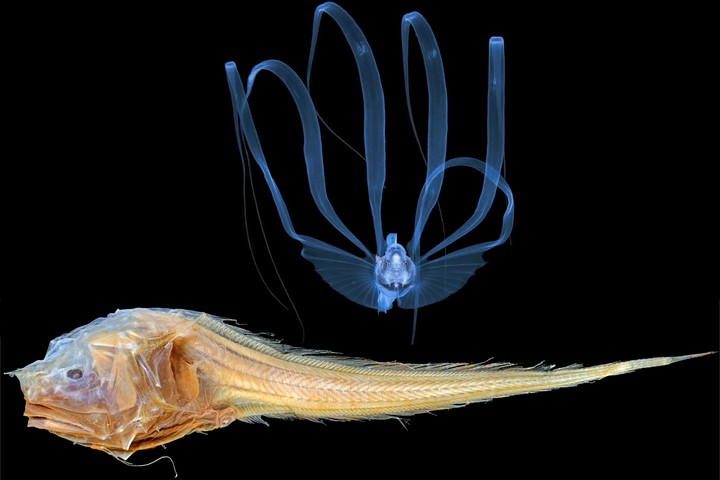Many marine fishes undergo transformations complementary to caterpillars and butterflies, where the larva is morphologically distinct from the adult form. Today, as an active member of the Ocean DNA Initiative at the National Museum of Natural History, Smithsonian Institution (NMNH), I leverage museum collections, modern genomic methods, and bioinformatics to discover and document larval and adult fish biodiversity. I am also Co-PI of an NMNH community science program aimed at collecting and identifying the marine larval fishes of Florida. The program partners NMNH scientists with blackwater photographers to capture and document larval fishes in situ. The generation of DNA data from these larvae and as well as other vouchered museum specimens have allowed me to discover new species, link newly identified larvae to adult stages, and describe novel behaviors. I have also co-led the publication of a DNA reference library for Philippine fishes and am an active leader in library-focused efforts for that continue for fishes within the United States Exclusive Economic Zone and that are beginning in Vietnam. Trusted voucher-based reference libraries are of critical importance to NMNH and Federal Partners; with broader impacts that will inform conservation, management, and sustainability. Above are some representative publications of discovering and documenting fish biodiversity using genomic approaches. Check out my publications for more information and representative publications.
Genomics to document and describe biodiversity
 Photo by rawpixel on Unsplash
Photo by rawpixel on Unsplash